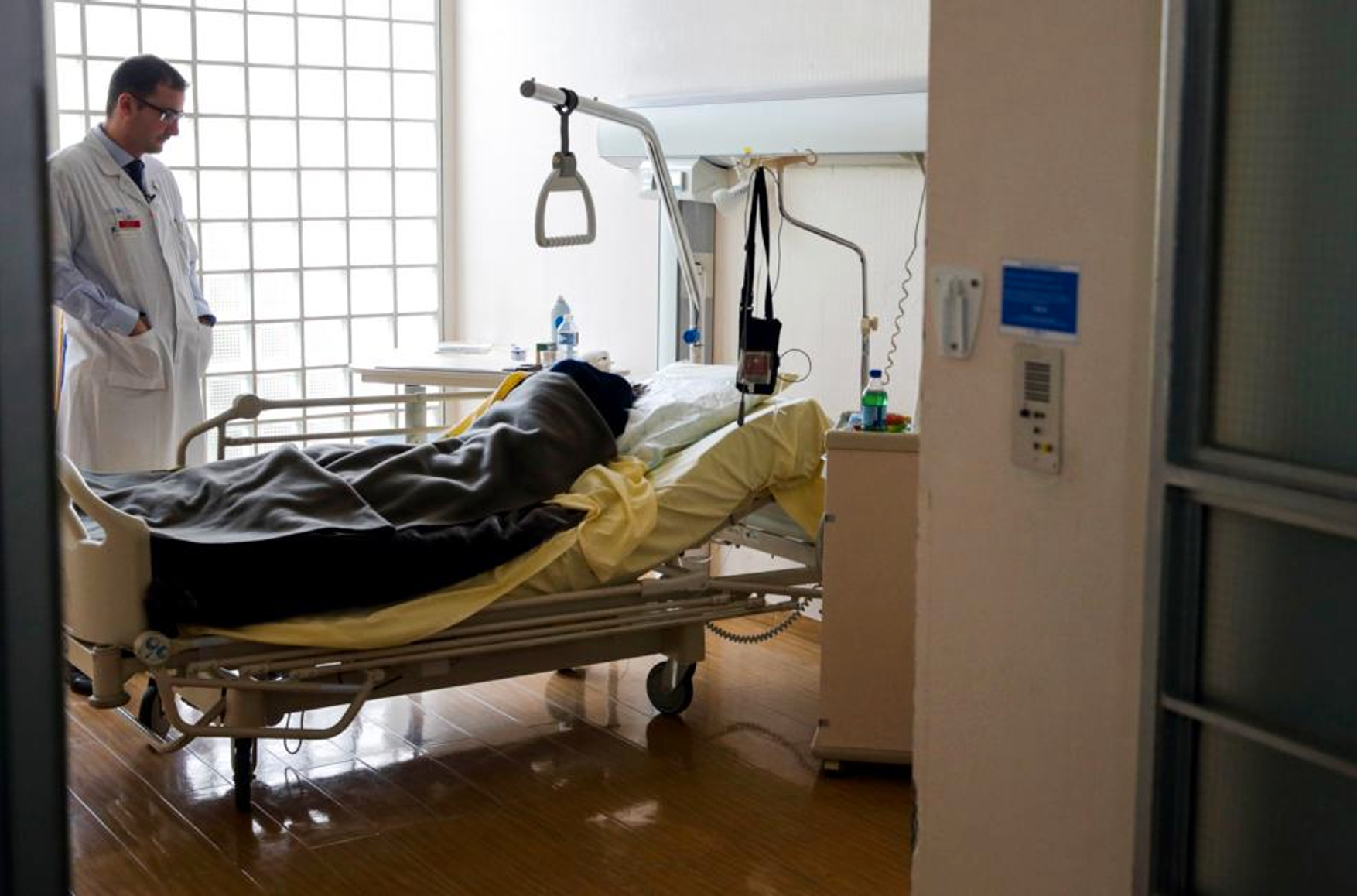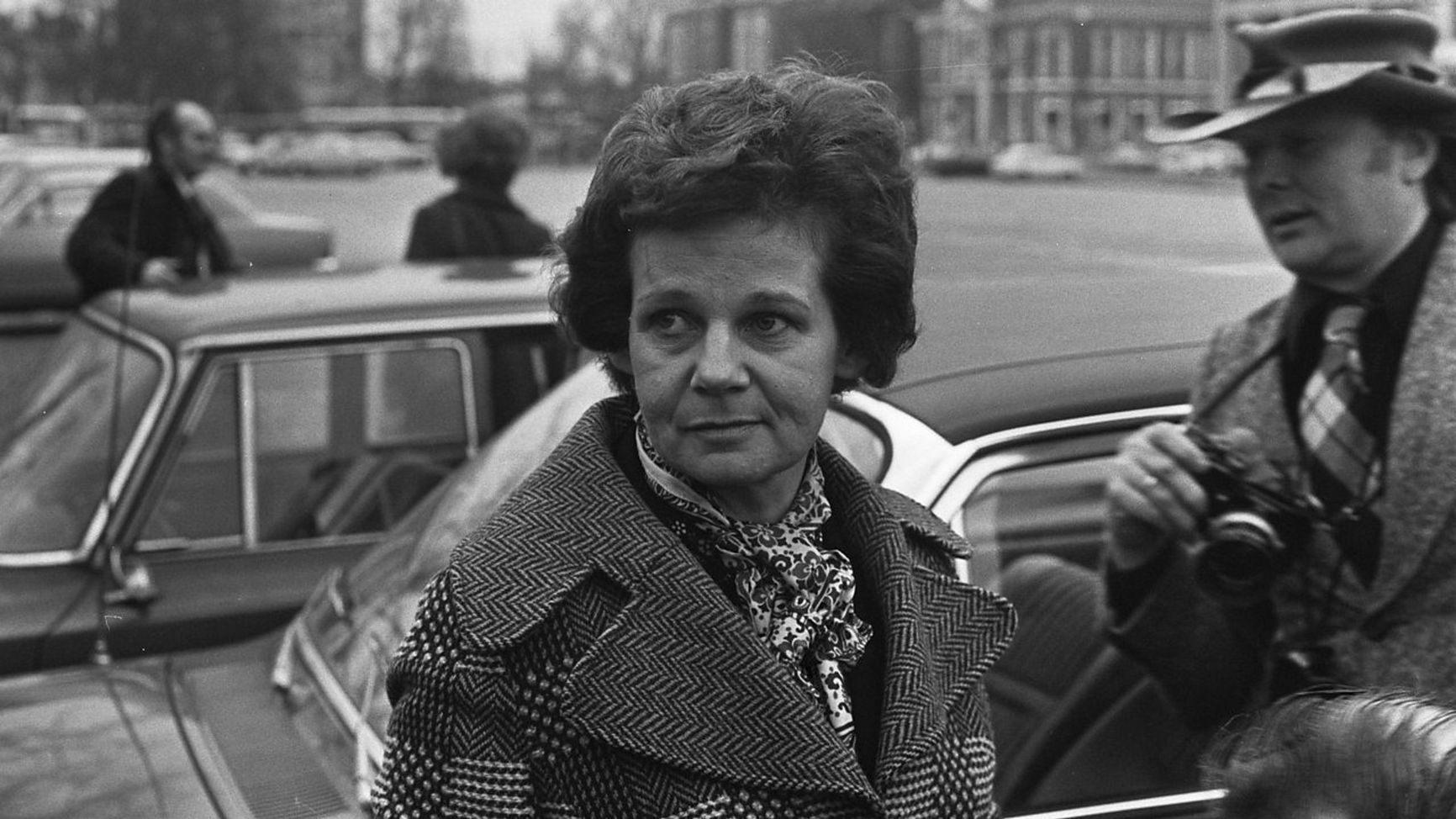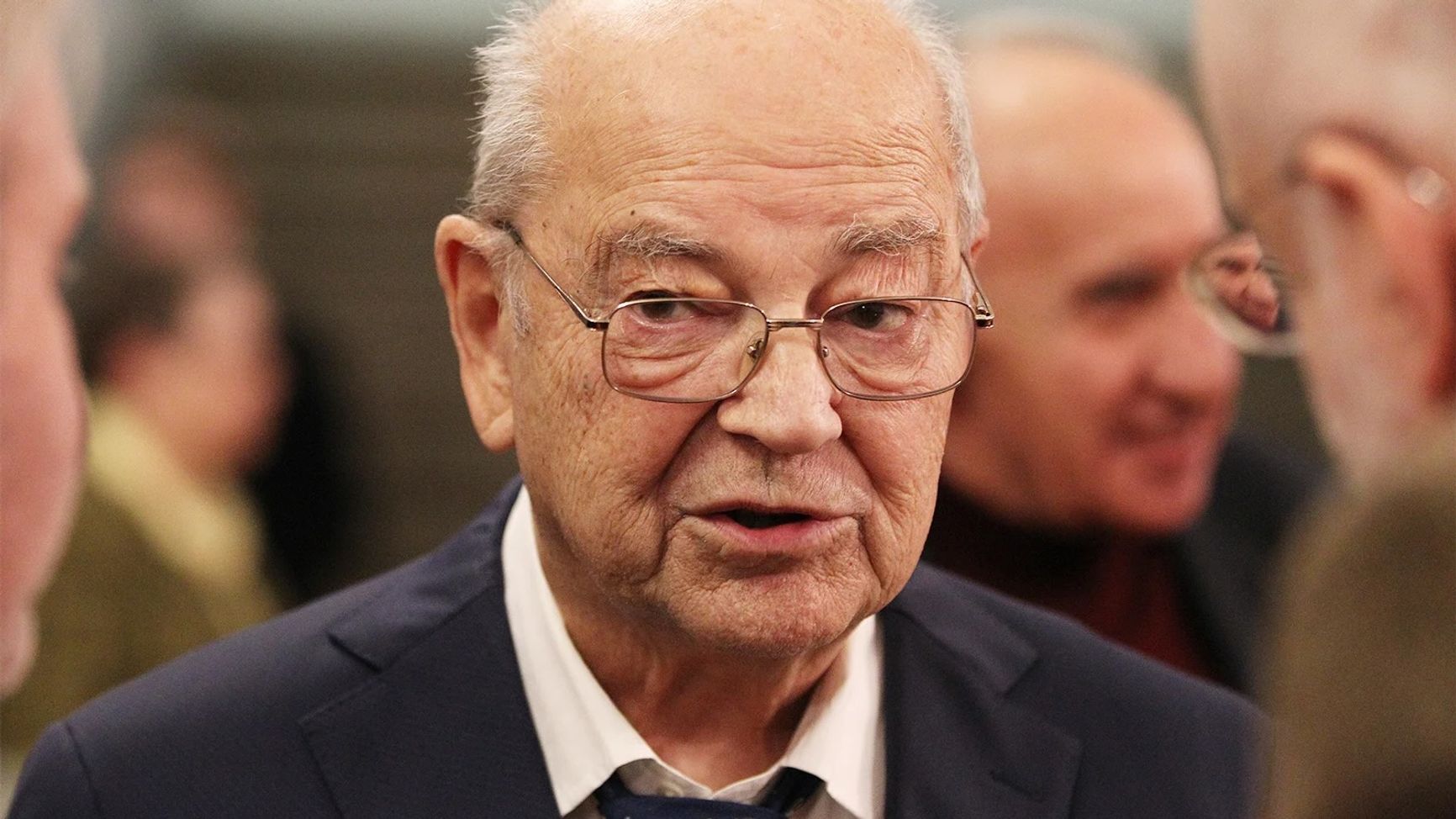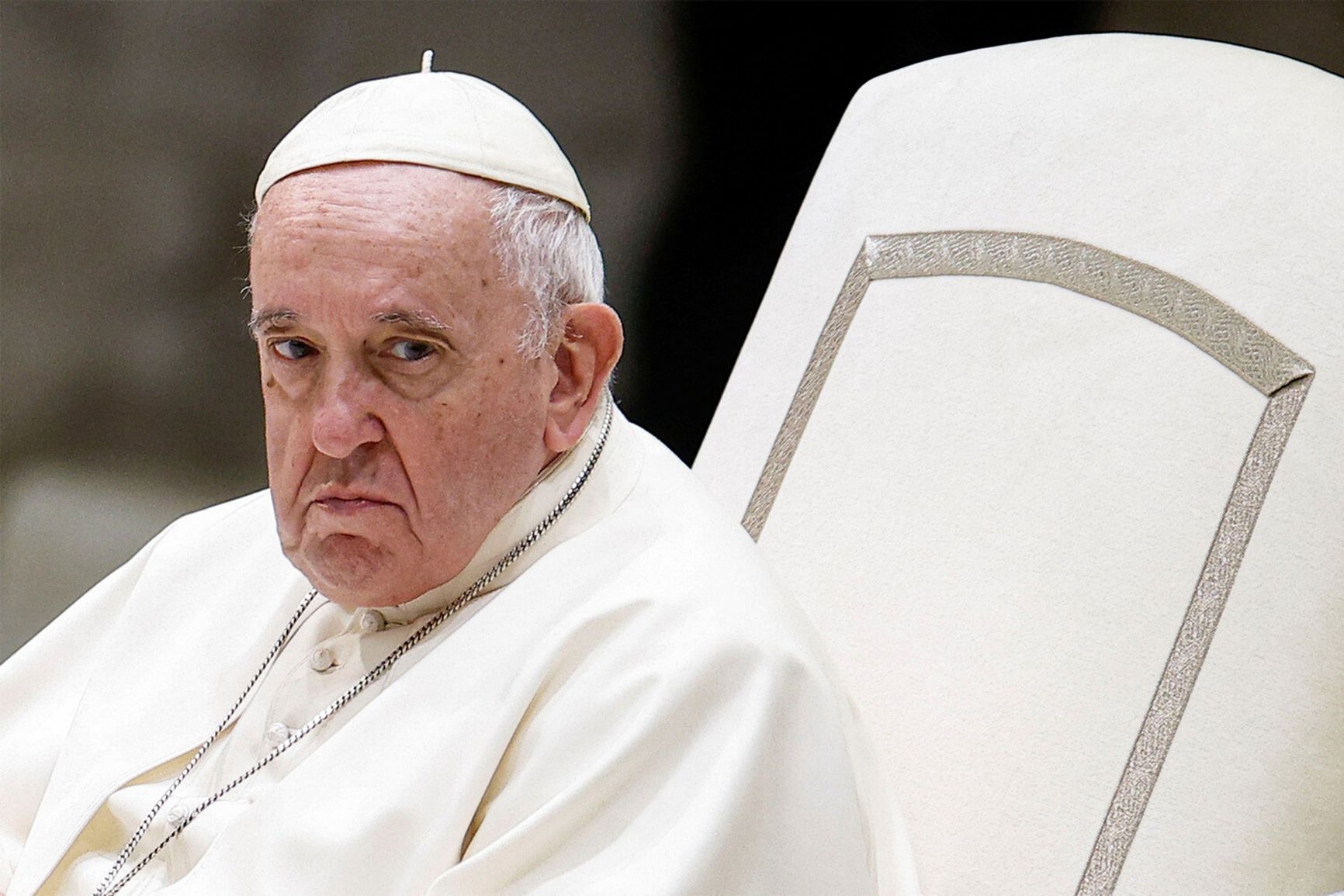

In August, the lower house of Uruguay’s parliament approved a bill to legalize medical euthanasia — the first such case in Latin America. Similar laws were adopted in France and the United Kingdom in 2025. The authors of euthanasia bills almost always rely on the experience of the Netherlands and Belgium, where the procedure has been legal for more than 20 years. However, euthanasia is prescribed in these countries only in exceptional cases — for terminally ill patients who are enduring significant suffering. The main opponents of voluntary death remain religious figures, including those working in the medical field. Still, despite the ongoing ethical debates, more than 10,000 people in Europe chose to end their lives voluntarily in 2024 alone.
Content
The Netherlands: 23 years of legal euthanasia
Belgium: services for neighbors
Switzerland: “suicide tourism”
Canada: euthanasia for the poor
Spain: the “Noelia case”
In other countries
Despite persistent debates over the ethics of euthanasia, an increasing number of countries around the world are allowing terminally ill patients to legally end their lives with medical assistance. In May, the lower house of France’s parliament passed a bill granting the right to assistance in dying. In June, the UK’s House of Commons passed the Assisted Dying Bill and sent it to the House of Lords for approval. In August, Uruguay’s lower house of parliament approved a bill to the same effect. Now Chile is preparing to begin discussions on legalizing euthanasia.
The authors of such bills almost always rely on the experience of the Netherlands and Belgium, where euthanasia has been practiced for more than 20 years.
The Netherlands: 23 years of legal euthanasia
In 2002, the Netherlands was the first country in Europe to legalize euthanasia. Since then, more than 107,000 people in the country have chosen to undergo the procedure, according to annual reports from the Regional Euthanasia Review Committees (RTE).
Debates in the country about the right to die began in 1971 after the trial of physician Truus Postma, who injected her terminally ill mother with a lethal dose of morphine after her mother had repeatedly asked her to do so. The doctor faced up to 12 years in prison, but after a broad public debate, the court gave her only a one-week suspended sentence. In 1973, the Dutch Association for Voluntary Euthanasia was founded. It became the leading force behind the campaign to legalize euthanasia and remains active to this day.

Truus Postma Bert Verhoeff / Anefo. National Archives of the Netherlands
The first patient to undergo euthanasia after its legalization was a 79-year-old man suffering from lung cancer with spinal metastases. He had long been bedridden and in unbearable pain. Radiation and chemotherapy had failed. The doctor gave him a lethal injection in the presence of his children and a caregiver.
Under Dutch law, assisted suicide is still classified as a criminal offense punishable by up to 12 years in prison — euthanasia remains a highly regulated, exceptional measure. A patient may resort to euthanasia only if their case meets the following criteria: unbearable suffering, no prospect of improvement, a voluntary, carefully considered, and repeatedly expressed request to die, and assessments by both the attending physician and at least one independent expert. The entire process — from request to implementation — can take months or even years.
Non-residents of the Netherlands can request euthanasia, but exercising this right without living in the country is practically impossible. A doctor who makes the decision must be well acquainted with the patient’s medical history and have monitored their condition over an extended period. “Euthanasia may be the final stage of medical care. However, it is not a service available to any patient arriving in the Netherlands,” the law states.
A doctor deciding on euthanasia must have observed the patient’s condition over a long period
Each year, the number of euthanasia requests in the Netherlands grows by an average of 10%. In 2024, 9,958 people underwent the procedure — 5.8% of all deaths in the country that year. The vast majority were terminally ill patients over the age of 60. The most common diagnoses were cancer, cardiovascular diseases, and neurological conditions such as Parkinson’s disease and multiple sclerosis. Euthanasia is least often performed on patients under 30. In 2024, Dutch doctors applied the procedure to three people between the ages of 12 and 18.
Patients aged 12 to 15 may request euthanasia but must have the consent of their parents or guardians. From age 16, such consent is no longer required.
Euthanasia may be justified not only by physical pain but also by suffering caused by mental disorders. In 2024, 219 people in the Netherlands chose to end their lives for this reason. Among them was one teenager who had been diagnosed with an autism spectrum disorder accompanied by anxiety and mood swings. Because of hypersensitivity, he hardly ever left home or communicated with his peers. He suffered from panic attacks and bursts of anger, and he had been haunted by suicidal thoughts for four years, attempting to take his own life at least once.
A decade of various therapies and medication also brought no results. “Life for him was a constant struggle with no prospects. In the final weeks before his death, he no longer got out of bed,” a report describing his case read. The parents supported their son’s decision to undergo euthanasia, although they tried to dissuade him.
There is also the practice of “paired” euthanasia — provided that both patients have independently undergone medical evaluation and received approval. In 2024, 54 couples chose double euthanasia. Among them were former Dutch Prime Minister Dries van Agt, 93, and his wife, Eugenie Krekelberg.
In addition, a patient who has been granted permission for euthanasia may become a tissue or organ donor, thus saving another person’s life. In 2024, 28 such cases were recorded.
There is also a movement in the Netherlands advocating for euthanasia without medical indications for people over 75. A bill to that effect has already been introduced in parliament but failed to gain serious support. “At least 10,000 Dutch people aged 55 and older who are not suffering from serious illnesses would like to end their lives on their own or with external assistance. They have felt the desire to die for a year or longer,” the Dutch government website states. Nevertheless, authorities emphasize that they have no plans to amend the current euthanasia law and intend instead to improve the quality of life for people in this age group.
Belgium: services for neighbors
Belgium decriminalized euthanasia in September 2002, just a few months after the Netherlands. Here, too, the procedure is intended solely for terminally ill patients who experience severe suffering. Over the past 23 years, more than 37,000 people in the country have chosen to end their lives voluntarily. Euthanasia now accounts for 3.6% of all deaths in Belgium. Most patients are over 60 and suffer from cancer, neurological disorders, or circulatory diseases. In 1.4% of cases, the patients have mental illnesses.
People with dementia may also request euthanasia, but the written request for the procedure must be made before the person loses the ability to adequately perceive reality.
People suffering from dementia may also request euthanasia, but only before they lose the ability to adequately perceive reality
Foreigners can also request euthanasia in Belgium, but as in the Netherlands, they must spend a significant amount of time under medical observation. Still, in the past two years alone, 177 French nationals have ended their lives this way in Belgium.
Switzerland: “suicide tourism”
Euthanasia is not legalized in Switzerland — there, the criminal code simply does not proscribe punishment for assisting suicide under normal circumstances. The country has several organizations that help both Swiss citizens and foreigners end their lives painlessly. Annually, around 1,700 Swiss residents and 500 “suicide tourists” end their lives via euthanasia in Switzerland. Notably, in 2021, 88-year-old Russian entrepreneur Dmitry Zimin, who suffered from cancer, was among them.

Dmitry Zimin
A full euthanasia package in Switzerland costs about 10,000 francs per person ($12,626). In order to qualify, the patient must have an incurable illness, severe disability, or unbearable pain. The request must be made personally and by a person of sound mind.
The website of one Swiss organization specializing in euthanasia features testimonials from relatives of people the association helped to die. One was written by American Deborah Bance, whose mother had been diagnosed with Alzheimer’s disease. The illness turned the once cheerful traveler into a deeply unhappy woman suffering from panic attacks, memory loss, and repeated suicide attempts. In November 2017, the patient’s entire family flew from the United States to Switzerland to accompany her on her final journey.
Deborah Bance described that day:
“When my mother said she was ready, I followed the doctor’s instructions: I watched her take the medication, drink some water, and bite off a piece of chocolate. What could I say at that moment? I was struck by the silence. I told my mother we needed music and started to sing. She joined in. Then she yawned, took a deep breath, and her eyes began to close. The doctor said she was falling asleep but could still hear our voices. Gradually, my mother’s breathing slowed. We were told she had fallen into a coma and would soon stop breathing. A few moments later, the doctor examined her and said, ‘She’s gone.’”
Canada: euthanasia for the poor
In Canada, euthanasia is referred to as “medical assistance in dying” (MAID). Residents over the age of 18 have been able to request it legally since 2016. Grounds for eligibility include severe (though not necessarily terminal) illnesses, as well as unbearable pain or disability. Applications from patients with mental disorders have been suspended until March 2027.
According to Canadian government statistics, more than 58,000 people ended their lives through euthanasia between 2016 and 2023 — roughly one in every twenty deaths in the country. As The Atlantic calculated, that is more than the number of deaths caused by diabetes and Alzheimer’s disease combined.
Between 2016 and 2023, more than 58,000 Canadians ended their lives through euthanasia — one in every twenty deaths in the country
In October 2024, the Associated Press published an investigation into Ontario, Canada’s most populous province. After analyzing statistics, posts on doctors forums, and comments from officials, the authors concluded that a significant share of patients with non-terminal illnesses were people living below the poverty line. They were driven to euthanasia by poor housing conditions, homelessness, or the inability to access necessary medical care.
Official data show that 10.2% of Canada’s population lives below the poverty line, and yet one-third of the patients with non-terminal illnesses who underwent assisted suicide in Ontario in 2023 lived in the province’s poorest districts. This information was confirmed at a press conference by Chief Coroner Dirk Huyer.
Spain: the “Noelia case”
In Spain, where euthanasia was legalized in 2021, the Supreme Court must now decide who exactly is entitled to the procedure. The issue arose from the high-profile “Noelia case,” involving a 24-year-old Barcelona woman with a mental disorder who had attempted suicide five years earlier by jumping out of a fifth-floor window. She survived and has been confined to a wheelchair ever since. “Every day is equally horrible and full of pain,” she said of her life. Noelia is in a medical facility and fully dependent on caregivers. Her parents were stripped of custody when she was 13.
In April 2024, Noelia requested euthanasia and received approval from the Catalan authorities. The procedure was scheduled for August, but a day before it was to take place, her father filed an appeal in court. He is represented by the Spanish Christian Lawyers Foundation, which sought to prove that Noelia’s mental condition deprived her of the capacity to make such a decision. Her father argued that she was not suffering unbearable pain and merely needed psychological help.
On Sept. 19, 2025, the Supreme Court of Catalonia ruled that Noelia has the right to euthanasia and understands what she is doing; however, her father retains the right to appeal his daughter’s decision. On the same day, the Christian Lawyers Foundation stated: “Noelia has her whole life ahead of her. We will continue to fight for her life in the Supreme Court of Spain.” The verdict in the “Noelia case” may set an important precedent for situations in which a patient’s family disagrees with the patient’s decision to end their life voluntarily.
Spanish law allows adult citizens and residents of the country, as well as foreigners who have lived there for more than a year, to request euthanasia. Grounds for eligibility include an incurable illness, severe disability, or unbearable suffering.
The Spanish Ministry of Health publishes annual euthanasia statistics showing that from 2021 through 2023, 697 people ended their lives via the procedure. Twice as many applications were submitted during that period. The ministry also noted that in 2023, 25% of patients died before their requests were approved.
Grounds for euthanasia in Spain include terminal illness, severe disability, and unbearable suffering
One in four applications is rejected, but here too, patients have the right to appeal. On average, 67 days pass between submitting the first request (two are required) and undergoing euthanasia. The most common reasons why people seek access to the procedure are neurological and oncological diseases. Catalonia leads the country in the number of procedures performed. The largest age group among applicants is between 70 and 79.
In other countries
In 2023, Portugal legalized “assisted suicide” carried out by medical professionals. However, the law has not yet been applied due to delays in developing a procedural protocol. A similar situation occurred in Colombia, where implementation began only in 2015 despite the Supreme Court decriminalizing euthanasia for adults as early as 1997. Over the past decade, 1,044 people have ended their lives through the procedure.
In the United States, euthanasia is prohibited at the federal level but legalized in some states — Oregon, Washington, Montana, Vermont, California, Colorado, New Jersey, Maine, Delaware, New Mexico, Hawaii, and the District of Columbia. In New Zealand, euthanasia became legal in 2021 after a referendum in which 65% of citizens voted in favor. In Australia, by June 2024, all of the country’s states had passed laws allowing “voluntary assisted dying.” In February 2024, Ecuador’s Constitutional Court ruled to decriminalize euthanasia.
Euthanasia is still prohibited in Russia, where it is against the law to perform procedures aimed at “accelerating a patient’s death or discontinuing life support at their request.” Under the criminal code, such actions are considered premeditated murder. Still, according to a poll published by VTsIOM in the summer of 2024, 49% of Russians support allowing euthanasia for terminally ill patients.
Opponents
The World Medical Association (WMA), which unites more than 10 million professionals worldwide, is firmly opposed to euthanasia and assisted suicide. However, its 2019 declaration states that “a physician who respects a patient’s fundamental right to refuse treatment does not act unethically, even if such a decision leads to the patient’s death.”
Religious figures are among the most active opponents of legalizing euthanasia. “Abortion and euthanasia lead to the degradation of human civilization. They dishonor those who practice them and are completely contrary to the Creator’s teaching,” read a Vatican statement published in September 2020.

Pope Francis
The Vatican considers euthanasia a “crime against life.” According to Church teaching, when a doctor cannot cure a patient, they must continue to care for them until the end, ignoring requests for euthanasia, since only God decides when a person should die. Pope Francis described euthanasia as “false compassion,” a way of disposing of the weakest — those whom society sees as a burden.
In October 2024, when a bill to legalize euthanasia was being debated in the UK’s House of Commons, the Archbishop of Canterbury issued an appeal to believers. “Legalizing assisted suicide would strike a devastating blow to millions who might feel they are a burden to others and to the healthcare system. The very possibility of receiving help to end one’s life creates pressure to do so. Permission becomes obligation,” his statement said.
Similar concerns were voiced by the British Islamic Medical Association (BIMA) — the largest organization of Muslim doctors in the United Kingdom, with around ten thousand members. In its response to the euthanasia bill, the association warned of increased risks to ethnic minorities, women, and elderly people who are financially dependent on their relatives. Such people, BIMA noted, might opt for assisted dying under subtle pressure from their families or be unable to properly communicate with medical staff due to the language barrier.
Ninety-five percent of BIMA members oppose allowing patients access to euthanasia. Islam strictly prohibits all forms of suicide, and more than half of the members surveyed by the association said the proposed law fails to protect doctors who, for religious or moral reasons, refuse to perform the procedure. They fear that such refusals could have negative consequences for their careers in the future.
Other religions also reject euthanasia. The procedure has not been legalized in any Buddhist country, and in Israel, the law strictly prohibits “ending a person’s life to relieve their suffering.” However, terminally ill patients have the right to refuse medical treatment. In September 2025, the death of 44-year-old Michael Podolsky, who suffered from amyotrophic lateral sclerosis, drew attention after a court allowed him to end his life through the gradual disconnection of his ventilator.